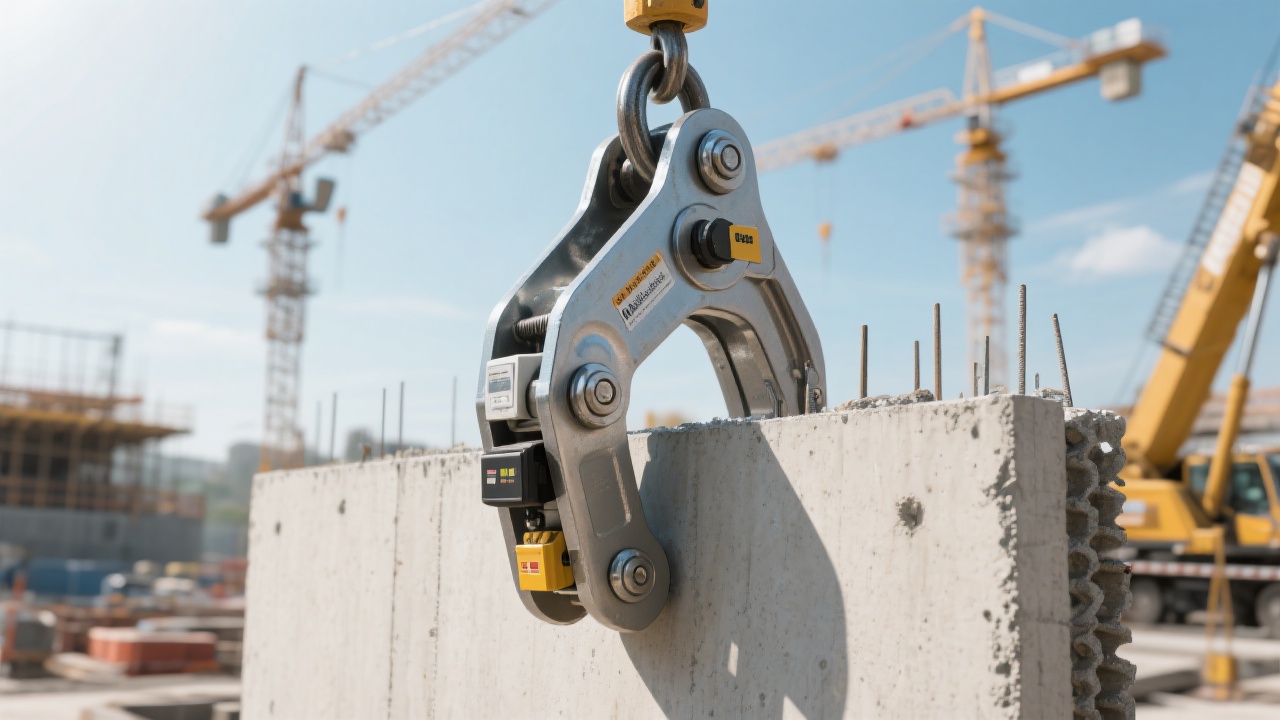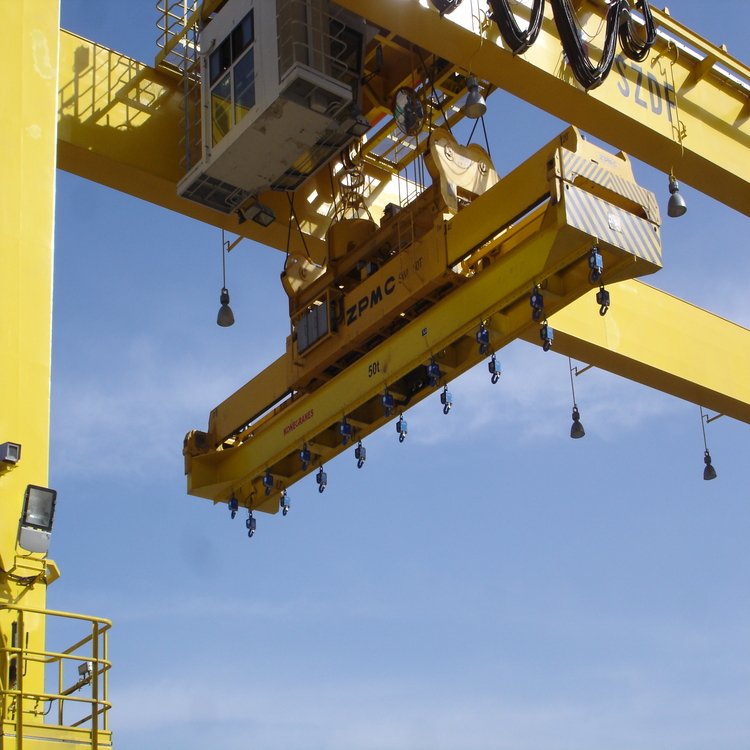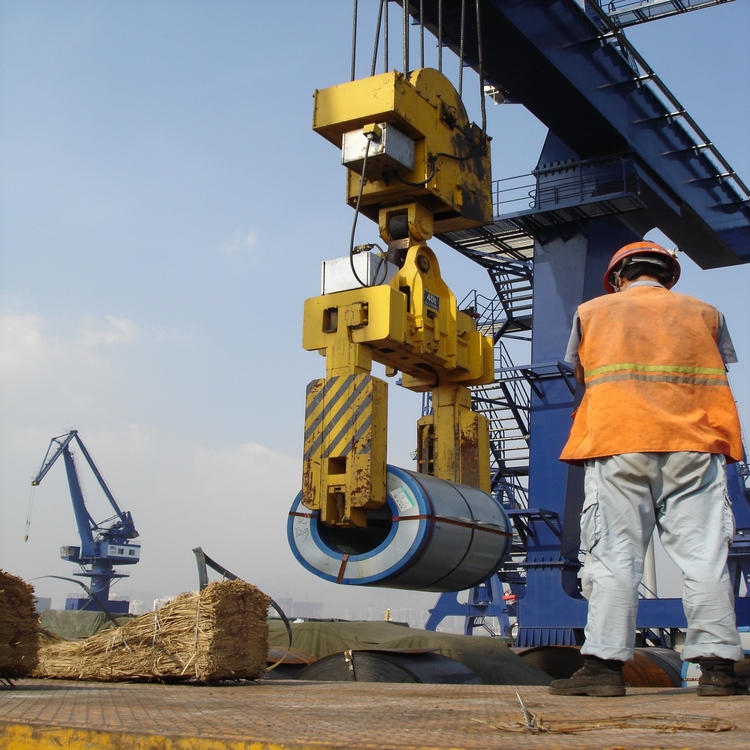
In the steel industry, vertical coil handling equipment plays a crucial role in the transportation and storage of steel coils. However, due to the harsh working environment and high - intensity operation, the equipment is prone to various failures, which may lead to unexpected downtime, increased maintenance costs, and potential safety risks. Therefore, scientific and standardized maintenance is essential for the long - term and efficient operation of the equipment.

1. Clamping Mechanism: The clamping mechanism is responsible for securely holding the steel coils. It is necessary to check the clamping force regularly. According to industry statistics, about 30% of equipment failures are related to the clamping mechanism. The inspection frequency should be at least once a week. The lubrication cycle is recommended to be every two weeks. When the clamping force is insufficient, it may be caused by worn - out friction pads or hydraulic system problems. The friction pads should be replaced every 3 - 6 months depending on the usage intensity.
2. Lifting System: The lifting system controls the up - and - down movement of the equipment. The inspection frequency of the lifting system should be twice a month. The lubrication of the lifting chain or wire rope should be carried out every month. Common failures include slow lifting speed or abnormal noise. When such problems occur, it is necessary to check the motor, brake, and transmission parts. The wire rope should be replaced when the wear reaches 10% of its original diameter.
3. Transmission Device: The transmission device transfers power to each part of the equipment. The inspection frequency is once a month, and the lubrication cycle is every three months. Worn gears, belts, or couplings are the main reasons for transmission device failures. These parts should be replaced in time when obvious wear is found.
1. Clamping Force Insufficiency: First, check the pressure of the hydraulic system. If the pressure is normal, then check the friction pads of the clamping mechanism. If the friction pads are worn, replace them immediately. If the problem still exists, check the hydraulic valves and pipelines for leaks.
2. Abnormal Lifting: Check the power supply of the motor first. If the power supply is normal, then check the brake of the lifting system. If the brake is not releasing properly, adjust or replace it. Also, check the lifting chain or wire rope for damage.
3. Transmission Noise: Check the alignment of the gears and couplings. If they are misaligned, adjust them. Also, check the lubrication condition of the transmission parts. If the lubricant is insufficient or contaminated, replace it.

In traditional maintenance, most enterprises adopt a passive maintenance strategy, that is, to repair the equipment after a failure occurs. This approach often leads to longer downtime and higher costs. By contrast, preventive maintenance focuses on regular inspections, lubrication, and replacement of vulnerable parts before failures occur.
For example, a large - scale steel plant in Europe used to face an average of 15 days of unexpected downtime per year due to equipment failures. After implementing a preventive maintenance strategy and establishing a standardized maintenance record system, the unexpected downtime was reduced to less than 5 days per year, and the overall operating efficiency was increased by about 20%.
Standardized maintenance record forms are an important part of preventive maintenance. They can help enterprises track the maintenance history of equipment, identify potential problems in time, and make reasonable maintenance plans. Our article provides a detailed design description and a downloadable template of the maintenance record form. The form includes information such as inspection time, inspection items, inspection results, maintenance measures, and maintenance personnel.

By using this form, enterprises can establish a scientific and standardized maintenance management system, which can effectively reduce maintenance costs, improve equipment reliability, and ensure the safety of steel coil handling operations.
In conclusion, scientific maintenance of vertical coil handling equipment is of great significance for the steel industry. By establishing a standardized maintenance system and adopting preventive maintenance strategies, enterprises can achieve long - term cost savings, reduce downtime, and improve overall operating efficiency. Don't miss this opportunity to optimize your equipment maintenance. Click here to download the maintenance record form template and start your scientific maintenance journey!

